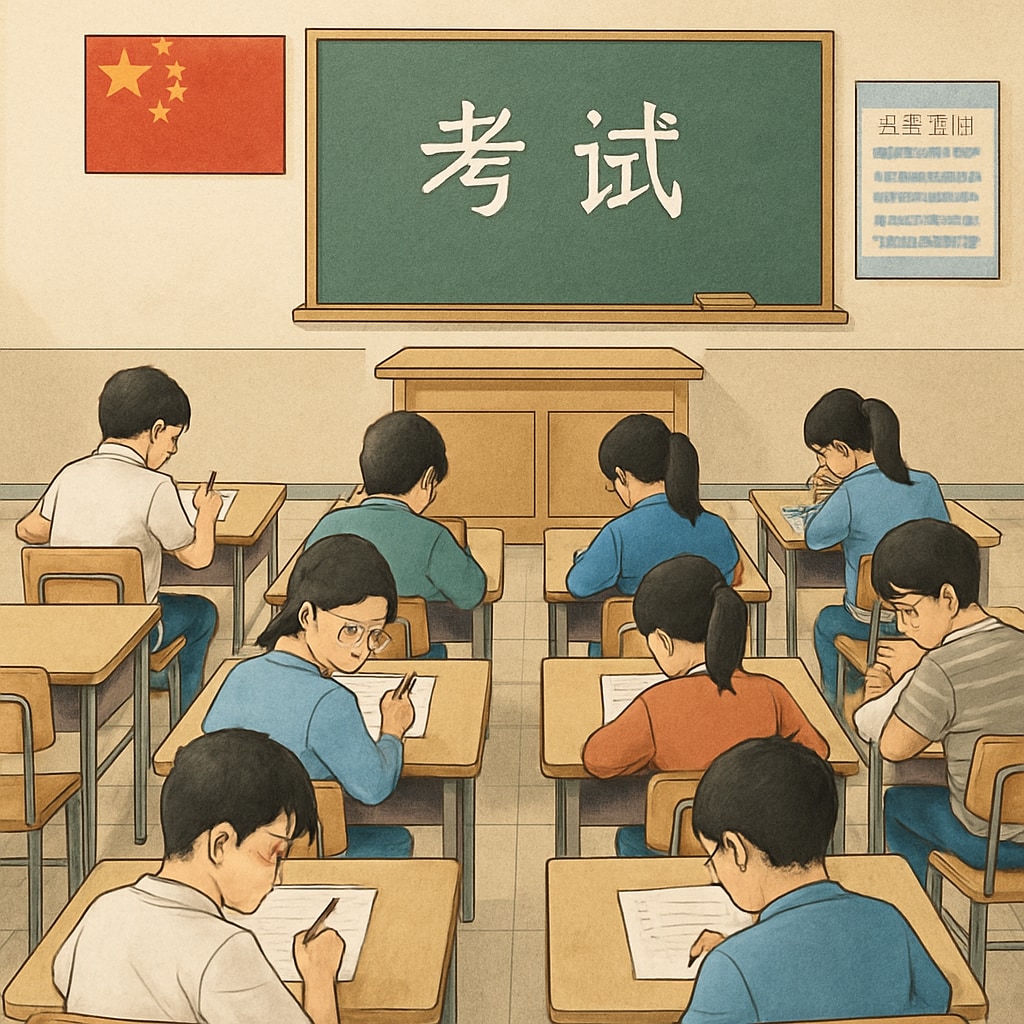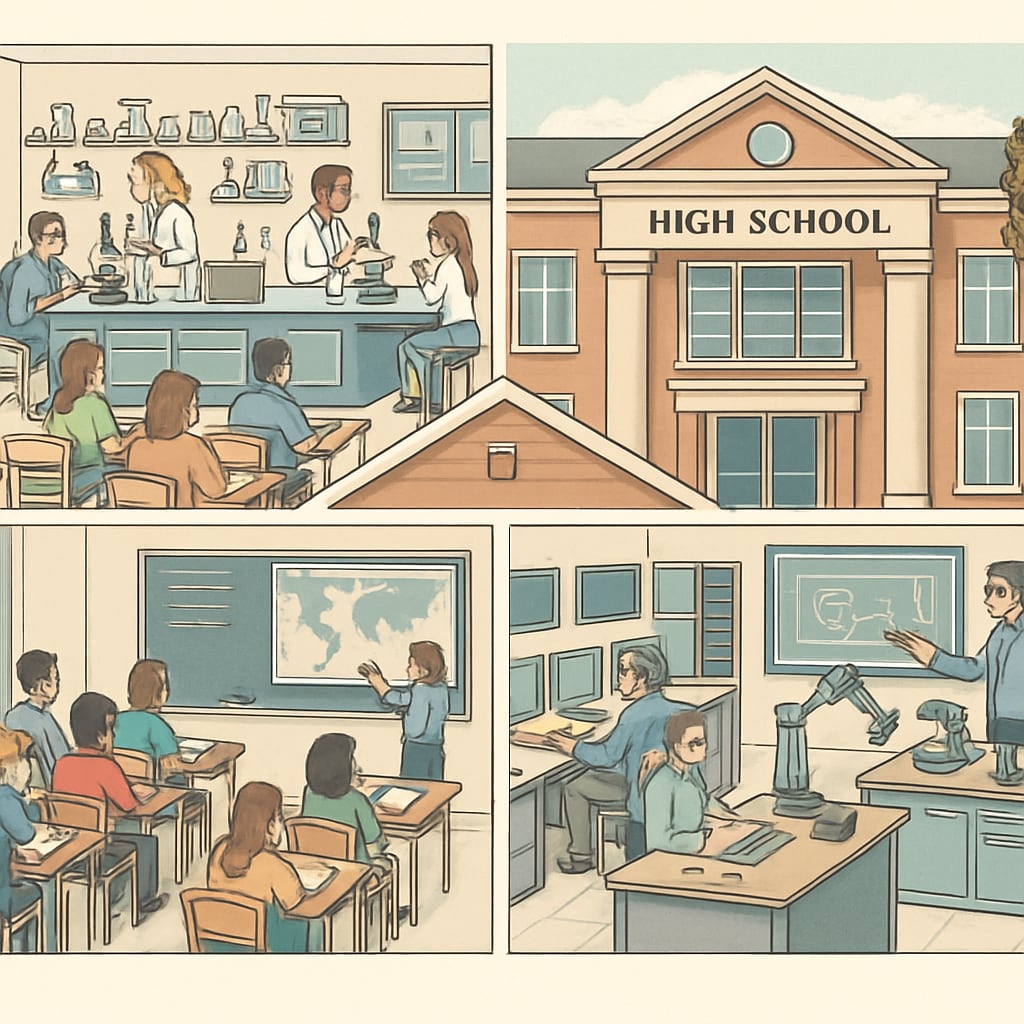The education systems in the United States and China differ significantly in values, methodologies, and approaches to resource allocation. These differences shape the way students are evaluated, trained, and ultimately prepared for future endeavors. By examining key areas such as exam performance, resource allocation, and talent cultivation, this article sheds light on how these disparities influence student development.
Values and Approaches: A Philosophical Divide
One of the most striking contrasts between the U.S. and Chinese education systems is their value orientation. In China, education is deeply rooted in a meritocratic tradition, with a heavy emphasis on standardized exam performance as the primary measure of success. The Gaokao, China’s national college entrance examination, exemplifies this focus, often determining a student’s academic and career trajectory.
In contrast, the U.S. education system places greater emphasis on holistic development. While exams and grades are important, extracurricular activities, creativity, and critical thinking skills are equally valued. For example, American universities often evaluate applicants based on a combination of academic performance, leadership qualities, and community involvement.

Resource Allocation: Centralized vs. Decentralized Models
Resource allocation also reveals stark differences between the two systems. In China, educational resources are heavily centralized, with urban areas receiving significant investment in facilities and teaching staff. Rural regions, however, often face challenges in accessing high-quality education, creating a disparity in opportunities.
Meanwhile, the U.S. education system operates on a decentralized model, where local governments play a key role in funding schools. This approach, while fostering community involvement, can lead to inequities based on socioeconomic status. Wealthier districts typically have better-funded schools, while poorer areas struggle to provide comparable resources.

Impact on Student Development
The differences in values and resource allocation have profound effects on student development. In China, the focus on exams fosters discipline and academic rigor but can limit creativity and individual expression. Students often excel in technical fields but may lack exposure to diverse perspectives.
In the U.S., the broader focus on holistic growth encourages innovation and adaptability. However, disparities in resource allocation can create uneven academic outcomes, with lower-income students facing significant barriers to success.
Ultimately, both systems offer valuable lessons. China demonstrates the merits of discipline and structured learning, while the U.S. highlights the importance of fostering creativity and individuality. As global education evolves, there may be opportunities for cross-cultural exchange to address the weaknesses in each system.
Conclusion: Striking a Balance
Exam performance, resource allocation, and talent cultivation are central to understanding the differences between U.S. and Chinese education systems. While each approach has its strengths, striking a balance between structured learning and holistic development may be the key to preparing students for a rapidly changing world.
Readability guidance: Short paragraphs, strategic use of lists, and a mix of active and passive voices were employed to ensure clarity. Transition words like “however,” “in addition,” and “as a result” enhance cohesion and flow.


